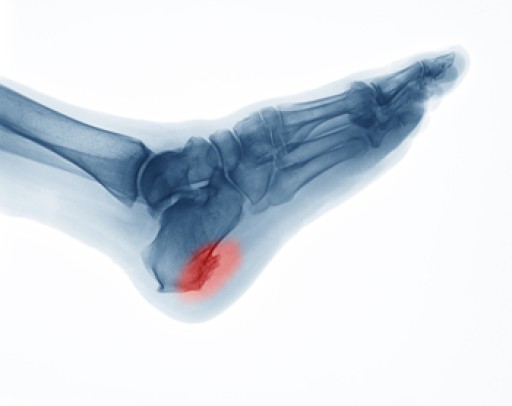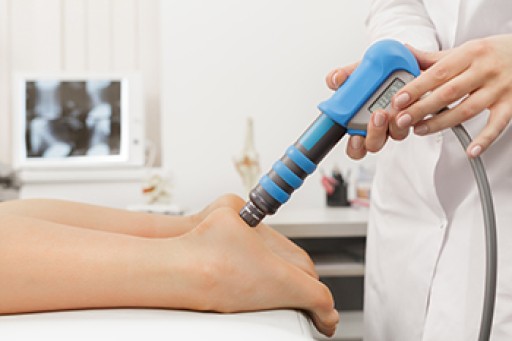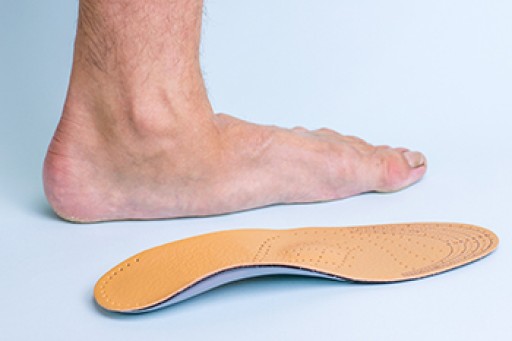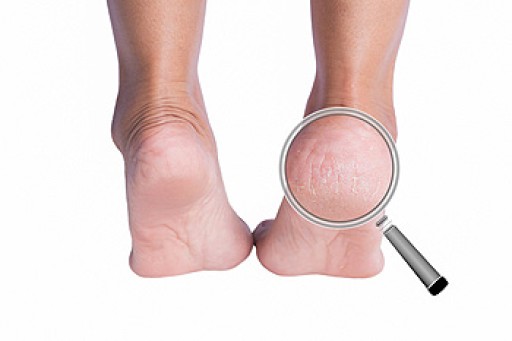
The plantar fascia tissue attaches to the heel bone and stretches out to connect with the toes. When this band of tissue gets excessively and repeatedly stretched, it can stress the heel bone and tear its lining. This type of wear and tear on the heel bone can prompt a response in the body where calcium deposits build up over time creating spurs on the bone that can grow up to half an inch. Heel spurs may or may not be painful. They may go undiagnosed or overlooked because they can occur in tandem with the inflammatory condition known as plantar fasciitis. If your heel spurs are symptomatic, they may create sharp pain, heat, tenderness, and inflammation in the heel. People who are obese or who have osteoarthritis are more prone to developing heel spurs. Older adults and those who wear improper footwear are also more at risk. If you are experiencing heel pain or believe you may have heel spurs, make an appointment with a podiatrist who may need an X-ray to diagnose your heel spurs. Once diagnosed, your heel spur may be treated with rest, cold compresses, anti-inflammatory injections, pain medication, physical therapy, stretching, and more.
Heel spurs can be incredibly painful and sometimes may make you unable to participate in physical activities. To get medical care for your heel spurs, contact Terri Quebedeaux, DPM from Agave Podiatry . Our doctor will do everything possible to treat your condition.
Heels Spurs
Heel spurs are formed by calcium deposits on the back of the foot where the heel is. This can also be caused by small fragments of bone breaking off one section of the foot, attaching onto the back of the foot. Heel spurs can also be bone growth on the back of the foot and may grow in the direction of the arch of the foot.
Older individuals usually suffer from heel spurs and pain sometimes intensifies with age. One of the main condition's spurs are related to is plantar fasciitis.
Pain
The pain associated with spurs is often because of weight placed on the feet. When someone is walking, their entire weight is concentrated on the feet. Bone spurs then have the tendency to affect other bones and tissues around the foot. As the pain continues, the feet will become tender and sensitive over time.
Treatments
There are many ways to treat heel spurs. If one is suffering from heel spurs in conjunction with pain, there are several methods for healing. Medication, surgery, and herbal care are some options.
If you have any questions feel free to contact our offices located in Seguin, LaVernia, Gonzales, and Lockhart, TX . We offer the latest in diagnostic and treatment technology to meet your needs.











